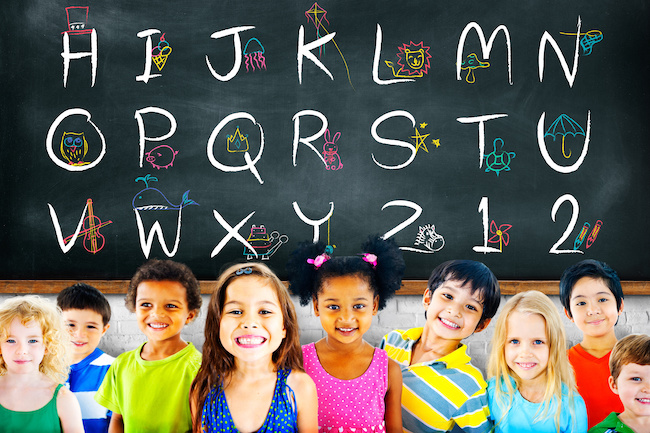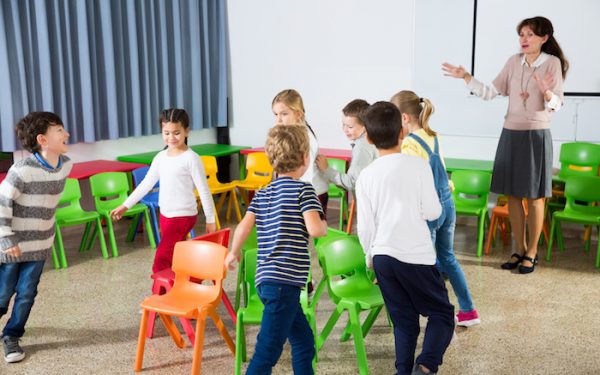Jumble Tumble game – A fun word challenge with a team twist
The Jumble Tumble game combines spelling, teamwork, and physical activity into a high-energy indoor game. Perfect for classrooms, parties, or language workshops, it helps children improve vocabulary and cooperation—all while having a blast!
Game overview
This interactive group game uses large letters and word challenges to encourage learning through play.
- Number of players: 10 or more
- Ages: 7 years and up
- Supplies needed: A list of words and one letter of the alphabet printed per sheet
- Setting: Indoors
- Play time: Around 25 minutes
How to play the Jumble Tumble game
1. Create two teams
Divide the players into two teams of equal size. Each team receives a complete set of alphabet letters on paper.
2. Select a word
One team secretly picks a word from their list. Players then locate the letters needed to spell it.
3. Present the jumble
Team members holding the correct letters stand in a random order, each displaying one letter above their heads.
4. Unscramble the word
The opposing team must guess the word and physically rearrange the players to spell it correctly.
5. Scoring
If the word is correctly identified and assembled, the guessing team earns a point. Alternate turns and continue playing until time is up or all words are used.
Try this thrilling secret handshake game where players must identify the mystery “killer” before it’s too late!
Game variations
Add extra excitement or adapt the game for different age groups with these fun options:
- Thematic words: Use words related to holidays, school subjects, or vocabulary lists
- Difficulty levels: Use simpler words for younger players, longer words for advanced groups
- Time pressure: Set a countdown for guessing and arranging to boost energy and urgency
- Bonus clues: Provide riddles or word categories for bonus rounds
- Mixed-age mentoring: Combine older and younger kids to promote support and collaboration
Looking for a fun way to break the ice at your next gathering? Try this engaging Guess Who icebreaker game, where players match surprising facts to their peers, sparking laughter and connection.
Educational benefits of the Jumble Tumble game
This team-based spelling game is packed with learning opportunities:
- Vocabulary building through active word exploration
- Spelling reinforcement as kids match and place letters correctly
- Critical thinking and problem solving while decoding scrambled letters
- Teamwork and communication within and across groups
- Observation and focus during the guessing phase
- Creative movement and coordination as players physically arrange words
- Adaptability to suit all skill levels and educational contexts
- Encouragement of social interaction and inclusive play
- Development of time management skills when using timers or bonus rounds
- Active learning that blends cognitive and physical engagement
Whether used in a classroom, at a birthday party, or during a rainy day indoors, Jumble Tumble delivers meaningful fun and skill-building.
FAQ – Jumble Tumble game
- Can this game be played with fewer than 10 players?
Yes—use shorter words and reduce team size. You can also rotate letter holders if players need to hold multiple letters. - How do I keep it engaging in a classroom setting?
Alternate between competitive and collaborative rounds, or link word choices to your lesson plan (e.g., science terms, book characters). - What if players struggle with spelling?
You can allow hints, visual aids, or pair stronger spellers with peers who need more support to maintain inclusivity and learning.
Add more educational fun to your events
Want more engaging activities like this one? Explore our full range of printable party games for kids, including treasure hunts, escape rooms, and mystery games. They’re ready to print, easy to set up, and guaranteed to spark joy at your next event!






